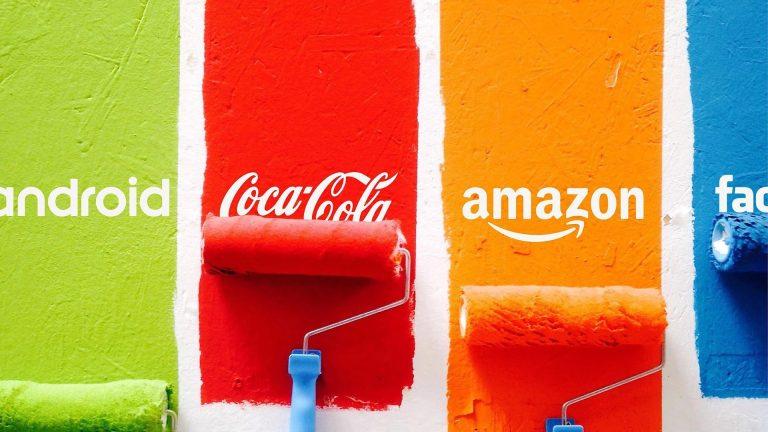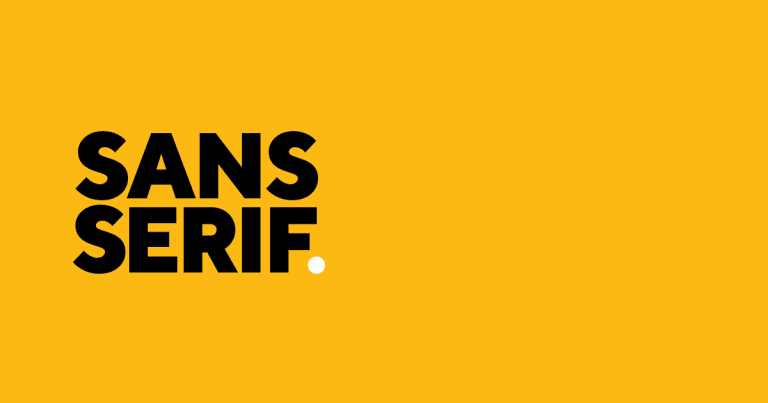When a website’s design contributes to its functionality, user experience, and suitably matches its content, it genuinely excels.
Even a seasoned web designer may be prone to overlooking these details if they believe that updating their website is the least important thing to worry about. A successful website, however, combines high-performing content with an outstanding user experience to ensure that your design is above and beyond.
You don’t want to spend time creating wonderful material for your blog or service pages only for it to be overlooked because of poor design, poor navigation, a confusing layout, or lost conversion possibilities.
1. Declutter


Some aspects of your website will take away from the significance and message you’re trying to express. Examples include “stocky” website pictures, lengthy content or complex animations.
You must make it crystal clear to your user what they will learn on the page they are seeing, and your design must not distract from this, as the average audience only has an attention span of eight seconds.
Making sure your brand rules are consistent and easy to follow is the first step towards doing this.
This should include information about how your fonts, colors, graphics, iconography, and logo are used. Without it, brands may find it difficult to design sites.
2. Visual Hierarchy


It’s critical to make sure that users can quickly locate what they’re looking for when enhancing the navigation of your website. So that the experience is radically damaged by utilising to much elements and ignoring the whole UX concept and what information was planned to be conveyed.


Let me, O let me bathe my soul in colours; let me swallow the sunset and drink the rainbow. Khalil Gibran
3. Effective Colors


You can employ color, a very potent instrument, to spark the feelings in visitors to your website.
Making a wise color choice is crucial since it influences how customers perceive your company’s image, goods, and services. Visitors may experience a whole different mood simply by altering the hue or saturation of a color.
4. Use Sans Serif


Understanding how to use various fonts and how to blend them is crucial for digital design. Every mood has a font that fits it!
You will receive a brief introduction to the two largest typographic families in this post: Serif and Sans Serif. And how a designer might select and combine the appropriate fonts.
Sans-Serif is distinct from Serif. Along the middle beams and top bars, there are no serifs (those tiny little feet) or other ornaments. Sans-Serif fonts are a little more contemporary than serifs.
5. Infographics


Infographics have been incredibly popular over the years and are now present in many textbooks, websites, pamphlets, and other materials. These well-liked instructional tools are quite adaptable, and they bring a whole new level of experience for any visitor who comes to your website. You may provide a lot of information in a short amount of space by fusing informative graphics and lists or bullet points with ordered sentences.
Conclusion
Finding a technique to draw visitors to your website while also keeping them on it requires striking a fine balance because so many people use search engines. The key is to continue offering your audience interesting material and a better browsing experience on your website. You run the risk of your bounce rates rising once more if you don’t do this.
Avoid setting unattainable bounce rate targets. Use this advice to improve the engagement of your content instead, together with an editorial calendar to outline your content strategy and marketing objectives, and analytics software to monitor your results. Visitors will stay on your site longer over time, and conversion rates will increase.
To check Xpansion Design portfolio click here.




